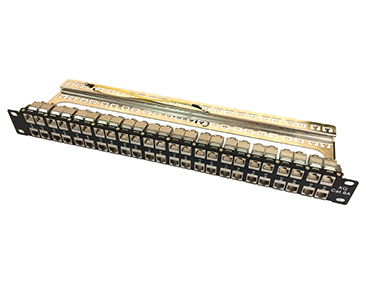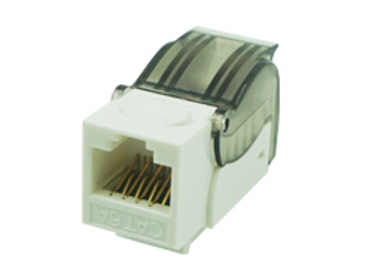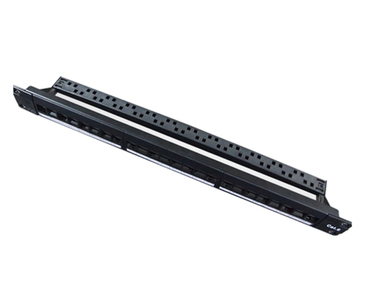
Fiber pigtails are also called pigtails. One end is the connector and the other end is the broken end of the fiber optic cable. It is mainly used to connect optical cables and optical transceivers (couplers, jumpers, etc. are also used between them). It usually appears in the fiber optic terminal box and is connected to other fiber optic cable cores by fusion splicing, which can simplify the installation and maintenance of the cable system.
Fiber pigtails are generally divided into single-mode pigtails and multi-mode pigtails. The single-mode pigtail has a wavelength of 1310nm and 1550nm, and the transmission distance is 10km and 40km respectively; the multi-mode pigtail has a wavelength of 850nm and a transmission distance of 500m, which is used for short-distance interconnection. Feisu (FS) pigtails are all made of precision ceramic ferrules, which have strong anti-pressure and anti-pull performance, and meet Telcordia, EIA/TIA standards.
Fiber pigtails commonly used in transmission systems have five interfaces: LC\SC\ST\FC\LSH. The shape and color of the connector are the same as those of the corresponding type of patch cords.
In addition to the above types of fiber pigtails, there are bundled pigtails and ribbon pigtails, both of which are branchable pigtails and are less used for civilian use. Bundle pigtails are mostly used in industrial projects, and ribbon pigtails are mostly used in large-scale communication projects such as telecommunications and mobile.
Fiber pigtails provide interconnection and cross-connection applications in the network connection of access equipment, and are widely used in optical fiber CATV networks, FTTH/FTTX, telecommunication networks, pre-terminated installations, optical fiber data transmission, LAN/WAN networks, etc. It mostly appears in fiber optic distribution frames, fiber optic terminal boxes, and fiber optic distribution frames, and is connected to other fiber optic cable cores.
Fiber pigtails have two connection methods: mechanical splicing and fusion splicing:
1. Mechanical splicing of fiber pigtails
The laid fibers and pigtails are stripped, cut, cleaned, and then inserted into the splice matching tray to align, tangent and lock.
2. Fusion splicing of fiber pigtails
After the fusion splicing tool is ready, strip the laid optical fiber and pigtail with a wire stripper, clean and wipe the bare fiber with alcohol cotton, cut the optical fiber with a fiber cutter, Then use the welding tool to fuse it into one under the protection of the welding plate and so on.
Copperled(Copperled Technology Co.,Ltd) is rooted in the passionate pursuit of professional services, since 2010, our factory has continuously developed new products from Cat.3 to the latest Cat.8 structured cabling products, more than 6 years of industry sales team sales support and after-sales service support help your company gain great peace of mind.
Our product range includes copper cabling system products, mainly: Cat.8/Cat.7 Cat.6A/Cat.6/Cat.5e LAN cables and patch cords. If you have any needs, please feel free to consult us.
If you are interested in our products, please feel free to contact Copperled Technology Co., Ltd. (Tel: +86-755-27896171)


